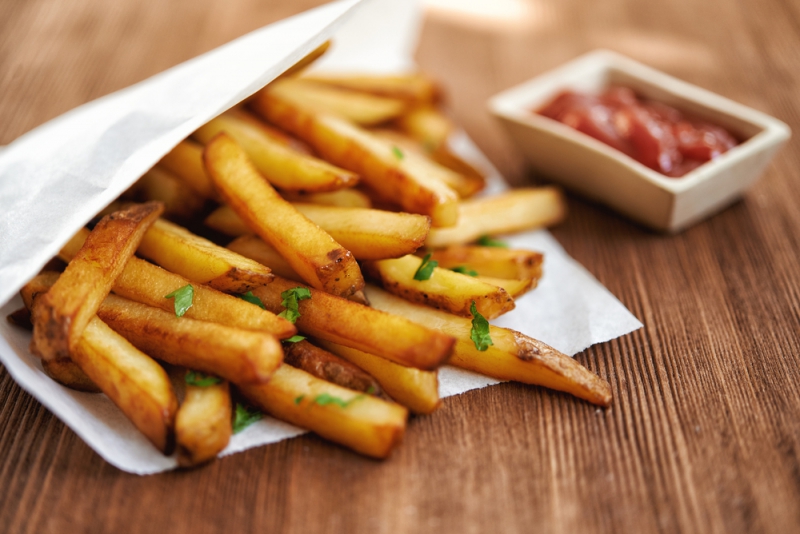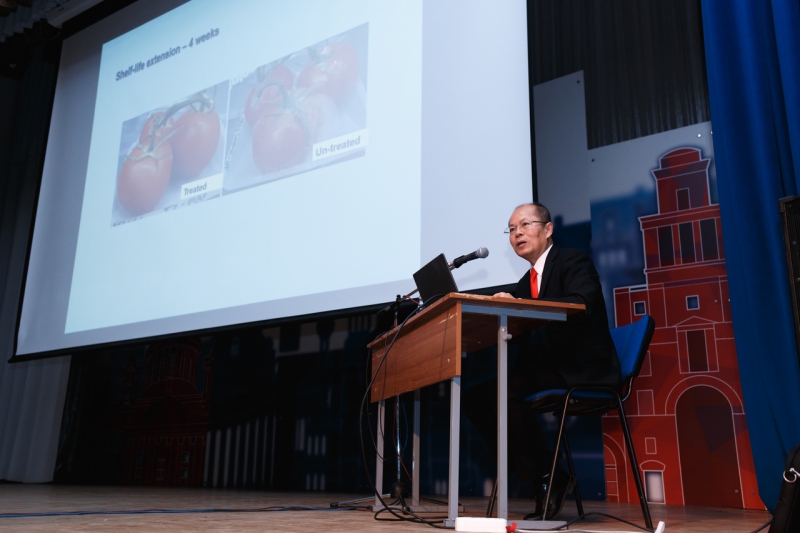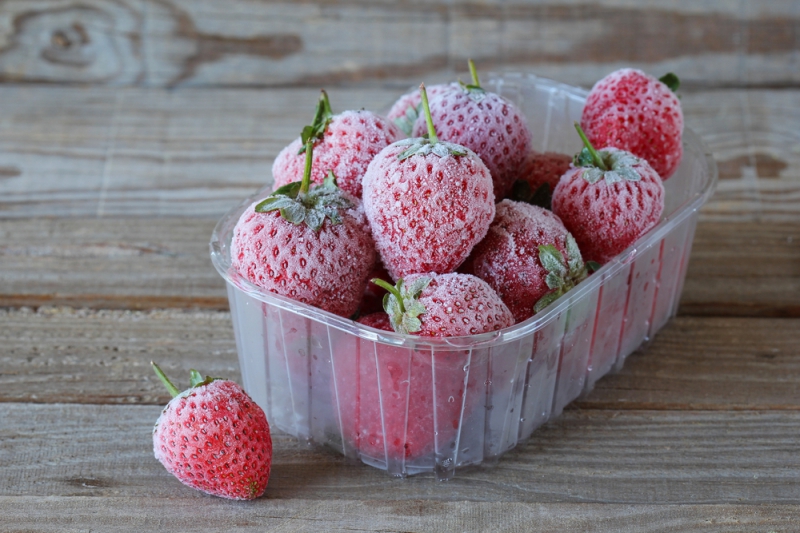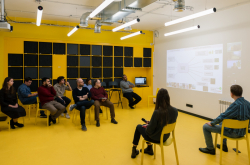Professor Sun, you often write about the uses of pressure, vacuum, and different temperatures in food processing. What opportunities do these technologies offer us?
All of us – consumers and manufacturers – want food to be safe, of good quality, and to store well. Consumers want fruit on their table all year round, no matter where they live. I work in food engineering and my primary goal, as is my colleagues’, is to apply our efforts, knowledge, and technologies towards making safe and accessible food available year-round.
Let’s take vacuum cooling technology as an example; today, it is widely used in food manufacturing, especially in agriculture, to process fruits and vegetables. Fruit, once it has been picked or cut up, remains alive, and will go bad quickly if subject to high temperature. The thing is that vegetables and fruits continue to “breathe” even though they no longer receive nutrition directly from the soil or from the trunk of a plant. Cooling allows us to stop that process, and the quicker that’s done, the longer that product will store. That’s why we need a technology that would be quicker than traditional air cooling. Air cooling takes several hours, while vacuum cooling only takes thirty minutes. It not only helps preserve their quality, but reduces the energy requirements, as well.
You also write a lot about computer vision. Can you explain how it can be useful in food quality control?
Computer vision is very beneficial to the food industry. Say you’re looking at a red apple – can you actually tell just how red it is? Furthermore, it might look red to you, but not to me. So what is a red apple, and how red does it have to be in order to be considered as such? Using computer vision, we get the exact data that tells us what items can be deemed “red”.

That’s just one example. Computer vision provides speed, efficiency, and precision. Today’s computers are highly capable: when you look at a conveyor belt, you can’t see everything that goes on in there; a computer can. Take fast food restaurants. Tell me, do you like french fries?
I do.
Well, they’re made with computer vision. Restaurants want suppliers to send them potatoes of a certain size, no small ones. Why? Because they’ll cut them into sticks of a certain length. They need longer ones because it’s more cost-efficient. When you grab a portion of fries, you pay for the size of packaging. If the fries are longer, less of them will fit into the box. It appears full, but if you were to grab a bag of long fries and the same bag stuffed with short ones, the latter will be noticeably heavier.
That’s why restaurants are interested in potatoes of a certain size and fries of a specific length. They use computer vision and high-speed cameras to quickly sort through the spuds.

Can computer vision tell us anything about a product’s quality and not just its size, shape, and color?
No, it can’t. But hyperspectral imaging already lets us evaluate the percentage of water, fats, or carbohydrates within a product. It’s done by combining regular computer vision with spectroscopy. This is light-based analysis that has to do with the molecular bonds within the item. With data gathered on the molecular level, we can truly assess the quality of product, including its chemical, physical, and microbiological properties.
It’s not a widely-used technology so far. That’s because the necessary equipment is highly expensive. In most cases, multispectral imaging is used instead. It’s inferior to hyperspectral imaging because it allows us to assess only some of the aspects that are important to us.
Where are these technologies used?
Imagine a conveyor belt used for sorting apples. There’s an apple on it with microscopic mechanical damage inflicted during harvest. You may not spot it with a naked eye, and dark spots will only pop up a few days later. Well, this technology lets us notice those defects on the molecular level even before the fruit begins to darken.

Here’s another example, with oranges. There may be microscopic mold on the outer skin, the kind you won’t notice at the store, but which will spread once you’ve brought it home. This technology will notice it when no human can.
Sounds amazing! Is this something only possible at the industrial level or can it one day be made to work on a regular smartphone?
It absolutely can. We’re already working with manufacturers on that, as smartphones need new cameras for that. But I am 100 percent sure that it will happen in some time. I don’t know when precisely, as it depends on how quickly we’re able to integrate that technology. The industry is working towards making spectral analysis available on smartphones and other devices. This way, consumers can use their phone to analyze the quality and material of their clothing or to assess the quality of food and its fat and carb contents. I can’t tell when this will happen, but I’m sure it will be soon.
What other technologies does the future have in store for us?
Plenty of them. For instance, I’ve spoken to your students about several freezing technologies that allow us to manipulate the crystallization of water. The thing is, the size of water crystals formed during freezing is a key factor that affects the quality of frozen food. If the crystals are too big, they quite literally tear apart the microstructure of your product and destroy the cells. You can see that when food leaks water after thawing. The result is that the food loses nutritional value and taste.

There are several technologies that make it possible to control and reduce the size of ice crystals. This way, the crystals are formed within the intercellular space within the product. It preserves the microstructure and results in the frozen product being almost the same quality as a fresh one.
It’s still very expensive, which is why this technology isn’t commonplace, but in the future, as industrial progress continues, the necessary equipment will become cheaper and the technology more accessible.





